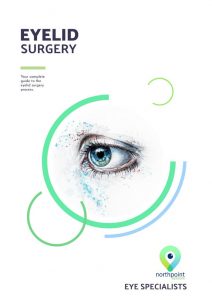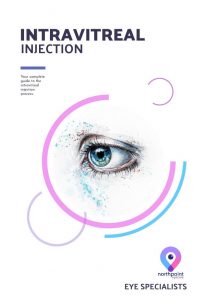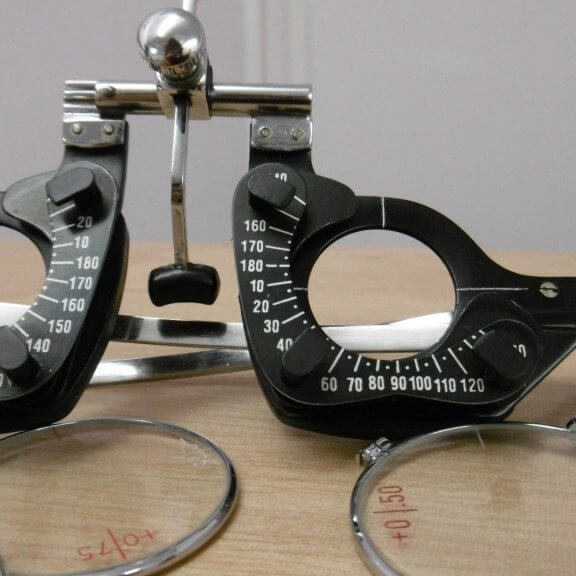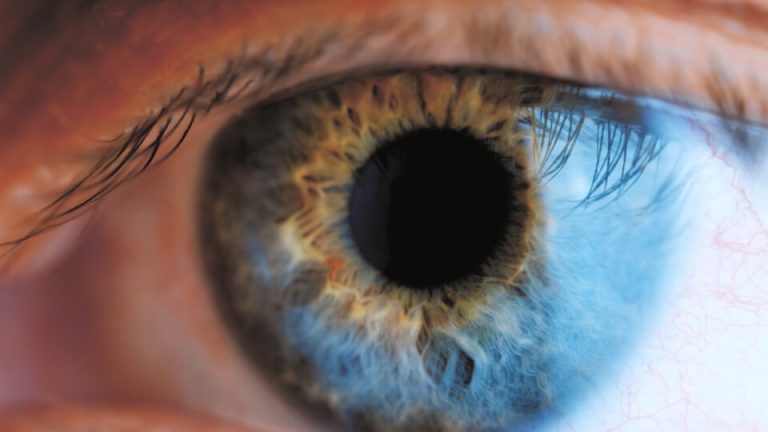Drop information: Cataract surgery
Drop information
Chlorsig: This is an antibiotic drop. Take this drop first.
Maxidex: this is a steroid eye drop. It is the main drop for reducing inflammation after your surgery. It is very important to take this drop. It is like powdered milk and needs to be shaken gently prior to instilling. It can cause a white deposit in the inner corner of the eye. Take this drop second.
Ilevro: This is a non-steroidal anti-inflammatory drug (NSAID) which helps to reduce the risk of macular oedema. This drop is a thick gel, like honey. There is always an air bubble in the bottle. Before using, invert the bottle with the lid on and gently tap down so the air bubble rises to the top. Try to get this drop in the inner corner of your eye so it doesn’t get stuck on the eyelashes. Put this gel drop in last, at night before bed. It will help to sooth the eye during sleep.
Helpful hints on taking drops
Always wash your hands before instilling drops.
The best two ways of taking drops:
- Rest the opened bottle facing towards the eye on the bridge of your nose. Pull down the lower lid with the other hand. Tilt your head back. Squeeze the bottle, one drop only, into the inner corner of the eye/lower lid.
- Pull down the lower lid with one hand. Rest the other hand, holding the open bottle facing towards the eye, on top of the hand pulling down the lid. Tilt your head back. Squeeze the bottle, one drop only, into the inner part of the eyelid. Wipe away any oveflow, gently with a tissue.
Please notify us if you are having any difficulties taking your drops.
Eye drop FAQs: Chlorsig
Chlorsig is an antibiotic in the form of eye drops and ointment, for the treatment of various eye infections. Chlorsig is most commonly used for the prevention of a bacterial infection which causes the eye to become red, sore, and the vision to deteriorate after surgery.
No, you do not need a prescription to purchase Chlorsig. It is an over-the-counter medication available at your local pharmacy. However, you will be provided with this bottle from the hospital’s linked pharmacy.
Your doctor will prescribe you with the solution best suited to your needs for Chlorsig use. After Cataract surgery the drop form is used.
Do not use Chlorsig if you have a known allergy to any of the ingredients listed on the bottle. Do not use Chlorsig if your bottle in any way has been tampered with (torn, broken, already opened or used, etc.) and we suggest going to your supplier straight away once found.
Unopened, Chlorsig eye drops are required to be kept in the refrigerator between 2-8 degrees. Once opened, eye drops should be stored at room temperature (25 degrees). All Chlorsig eye drops should be discarded 4 weeks after opening.
After cataract surgery, Chlorsig drops should be used 4 times day for 14 days (two weeks).
Some people may have allergic reactions to Chlorsig. The effects of this can include pain, irritation or swelling to the eye and eye area, rarely blisters, skin rashes or fevers.
No. Always make sure your medication is within its use-by date before using it. If expired, please dispose of the bottle appropriately.
The Consumer Medicine Information pamphlet can be found at the web address below.
Chlorsig:
https://www.aspenpharma.com.au/wp- content/uploads/PICMI/CMI/CMI_Chlorsig.pdf
Eye drop FAQs: Maxidex and Ilevro
Maxidex is a steroid in the form of an eye drop. It is used following surgery to treat or prevent inflammation which causes the eye to become red, sore, and the vision to deteriorate. It is the most important drop to use following surgery.
Ilevro is a non-steroidal anti-inflammatory drug (NSAID). It is used in conjunction with Maxidex to control inflammation following surgery, and especially to prevent the formation of macular oedema.
Yes, you do need a prescription to purchase Maxidex and Ilevro. However, you will be provided with these bottles from the hospital’s linked pharmacy. Ilevro is not on the PBS, it is a private medication.
Maxidex can cause the intraocular pressure to rise in some people (termed ‘steroid responders’). This may require treatment. Its use needs to be monitored closely in anyone who has glaucoma, and the glaucoma medications adjusted accordingly.
Do not use Ilevro if:
- You have severe asthma/emphysaema/COPD or Gastro oesophageal reflux disease (GORD).
- You have an allergy to nepafenac, or any of the ingredients in Ilevro listed on the bottle or the information sheet below.
- You have an allergy to other non-steroidal anti- inflammatory drugs (NSAIDs). Examples of NSAIDs are: Aspirin, Ibuprofen, Ketoprofen, Diclofenac.
- You have experienced asthma, skin allergy, or intense inflammation in your nose when using other NSAIDs.
Do not use your Maxidex or Ilevro bottle if they have been damaged (torn, broken, already opened or used, etc.) and we suggest going back to your supplier straight away once found.
Unopened, Maxidex and Ilevro eye drops are required to be kept in the refrigerator between 2-8 degrees. Once opened, Maxidex and Ilevro should be stored at room temperature (25 degrees). All Maxidex and Ilevro eye drops should be discarded 4 weeks after opening.
Maxidex drops should be used 4 times day for 28 days (four weeks) following surgery.
Ilevro drops should be used once a day, usually just before bed, for 28 days (four weeks) following surgery. Certain patients are required to take Maxidex or Ilevro for longer periods. You will be informed to do so by your doctor.
Maxidex may cause some mild stinging. This usually lasts only for the first week or so. Lubricant eye drops can help with this. You can take these lubricant drops in between your drops, or separated from the Maxidex and Ilevro by at least five (5) minutes. It is very rare for Maxidex to cause an allergic reaction, however, occasional patients may have an allergic reaction to the preservative element of the drop. If there is significant stinging or there is an increase in redness, please notify your ophthalmologist.
Ilevro is quite a thick drop. It sometimes gets caught on the eyelashes. It can cause mild irritation and redness. Occasionally it can cause nausea, dizziness or headache. It rarely can cause an allergic reaction. Some of the symptoms of a severe allergic reaction may include: shortness of breath, wheezing or diculty breathing, swelling of the face, lips, tongue or other parts of the body. Other more minor symptoms include: rash, itching or hives on the skin. Please notify your ophthalmologist immediately if any of these occur.
No. Always make sure your medication is within its use- by date before using it. If expired, please dispose of the bottle appropriately.
The Consumer Medicine Information pamphlets can be found at the web addresses below.
Maxidex: https://media.healthdirect.org.au/medicines/GuildLink_Information/25354/CMI/nvcmaxdr10920.pdf
Ilevro: https://media.healthdirect.org.au/medicines/GuildLink_I nformation/309880/CMI/nvcilvdr11020.pdf
E-BOOKS







